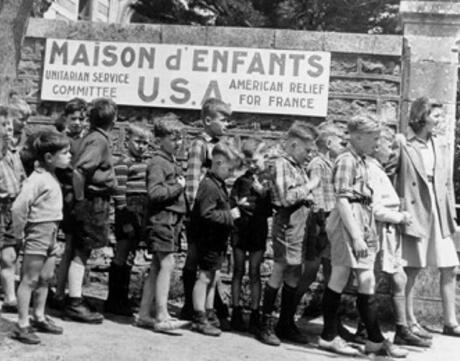
Children’s Emigration Project
At a Glance
Language
English — USSubject
- History
Grade
12Duration
One 50-min class period- The Holocaust
Overview
About This Lesson
This lesson delves into Martha Sharp’s project to bring refugee children from wartime France to the United States in 1940, and it invites students to consider how one person can make a difference in the lives of many. The lesson combines analysis of historical documents with emotional engagement, perspective taking, and personal reflection. It begins with a moving letter from Martha to her eight-year-old son, explaining why she chose to stay in France rather than returning home to be with her own children. Students watch an excerpt from the film that tells, in the voices of those she rescued, the story of Martha’s efforts; then they analyze historical correspondence from the Sharps’ archive to understand how Martha was able to succeed in her mission. Finally, students discuss the legacies of Martha’s work and its significance for us today.
Preparing to Teach
Notes to the Teacher
Before teaching this lesson, please review the following information to help guide your preparation process.
Lesson Plans
Activities
Extension Activities
Unlimited Access to Learning. More Added Every Month.
Facing History & Ourselves is designed for educators who want to help students explore identity, think critically, grow emotionally, act ethically, and participate in civic life. It’s hard work, so we’ve developed some go-to professional learning opportunities to help you along the way.
Exploring ELA Text Selection with Julia Torres
On-Demand

Working for Justice, Equity and Civic Agency in Our Schools: A Conversation with Clint Smith
On-Demand

Centering Student Voices to Build Community and Agency
On-Demand









